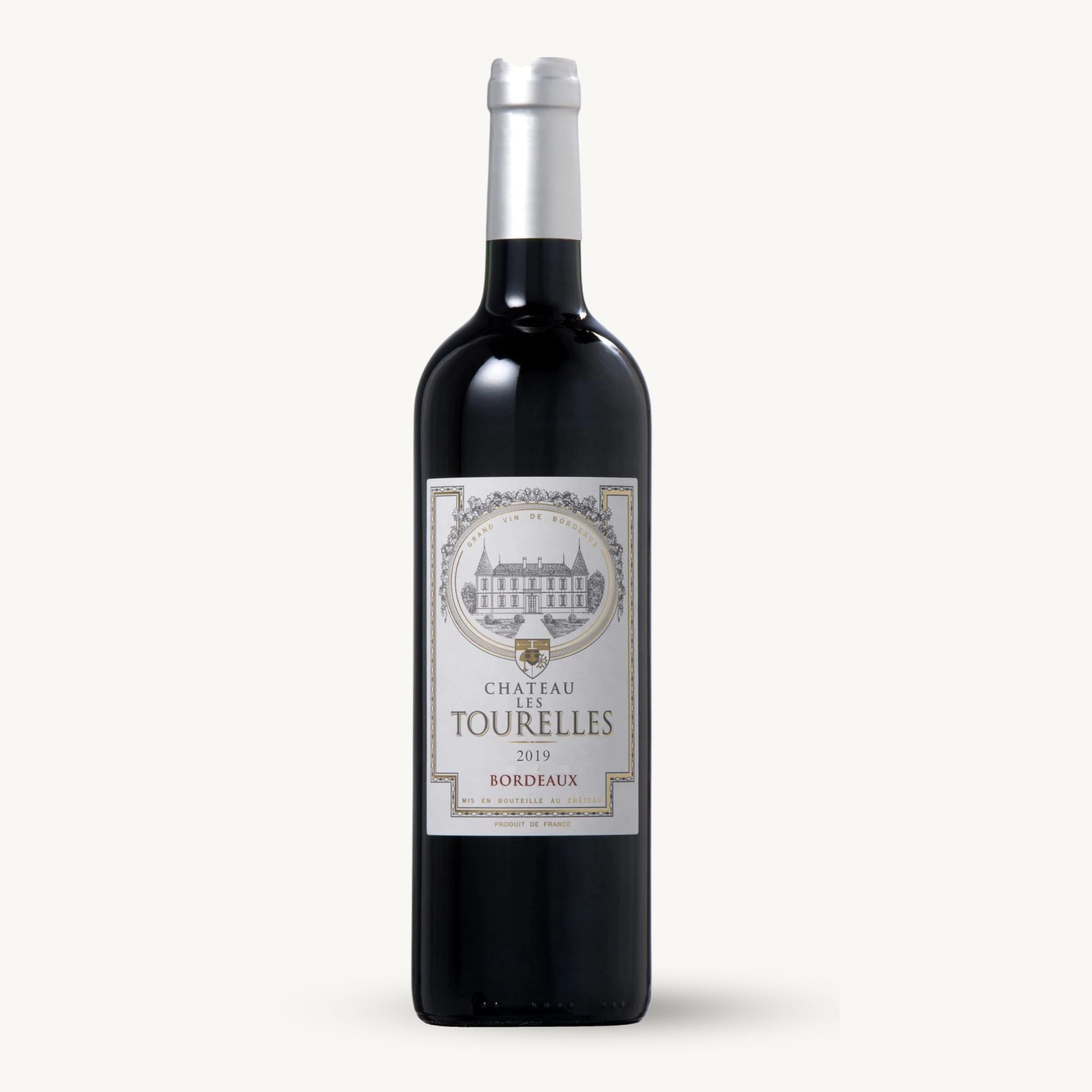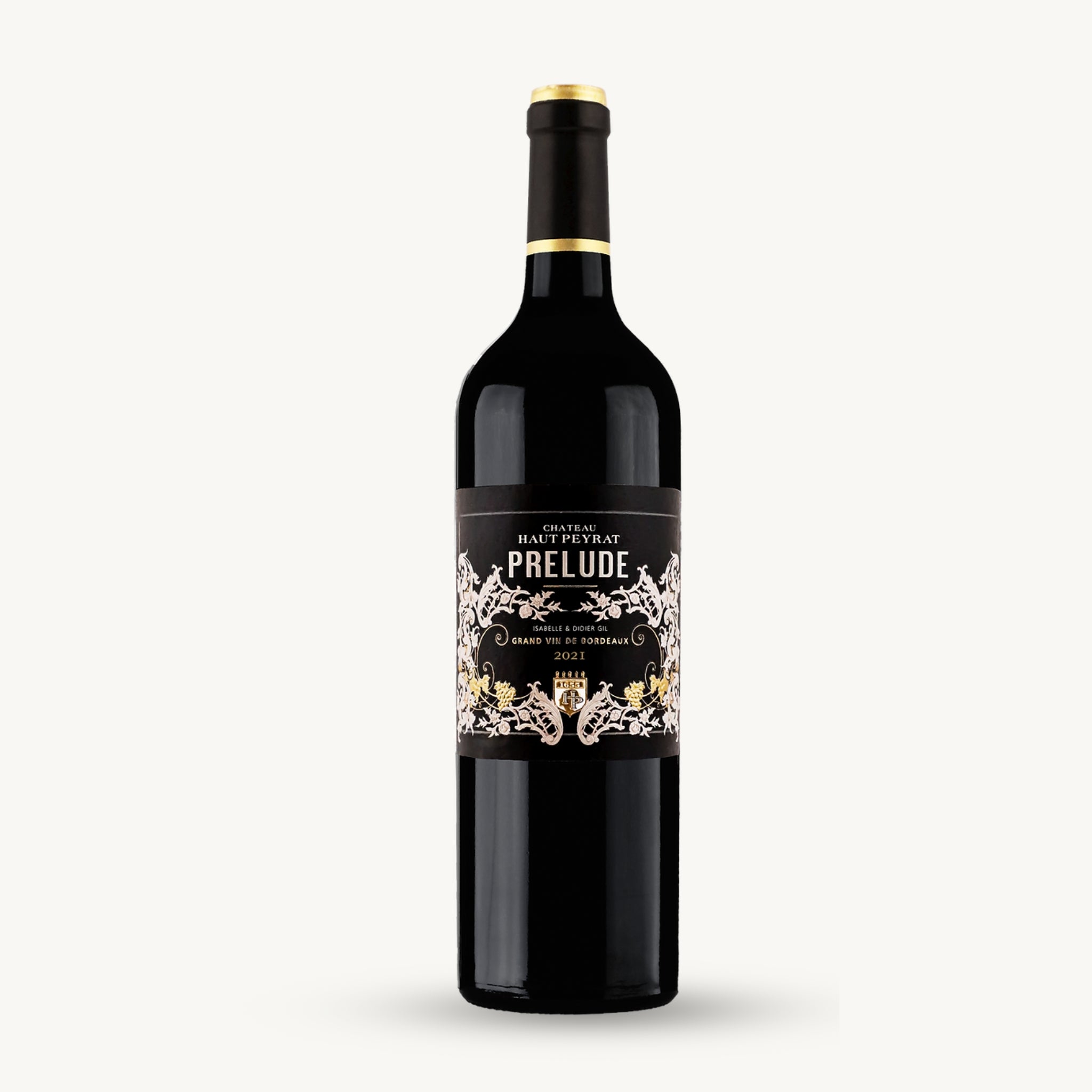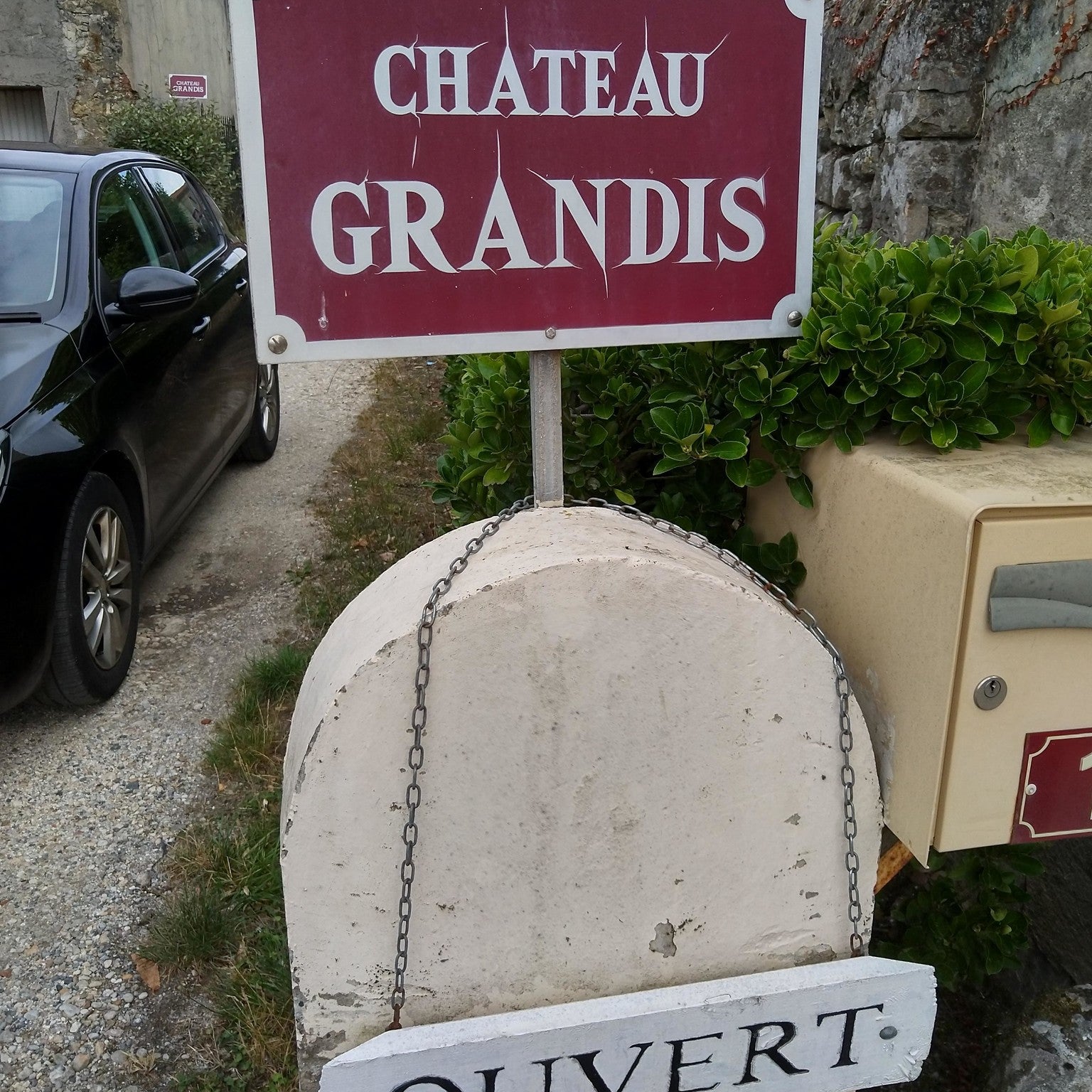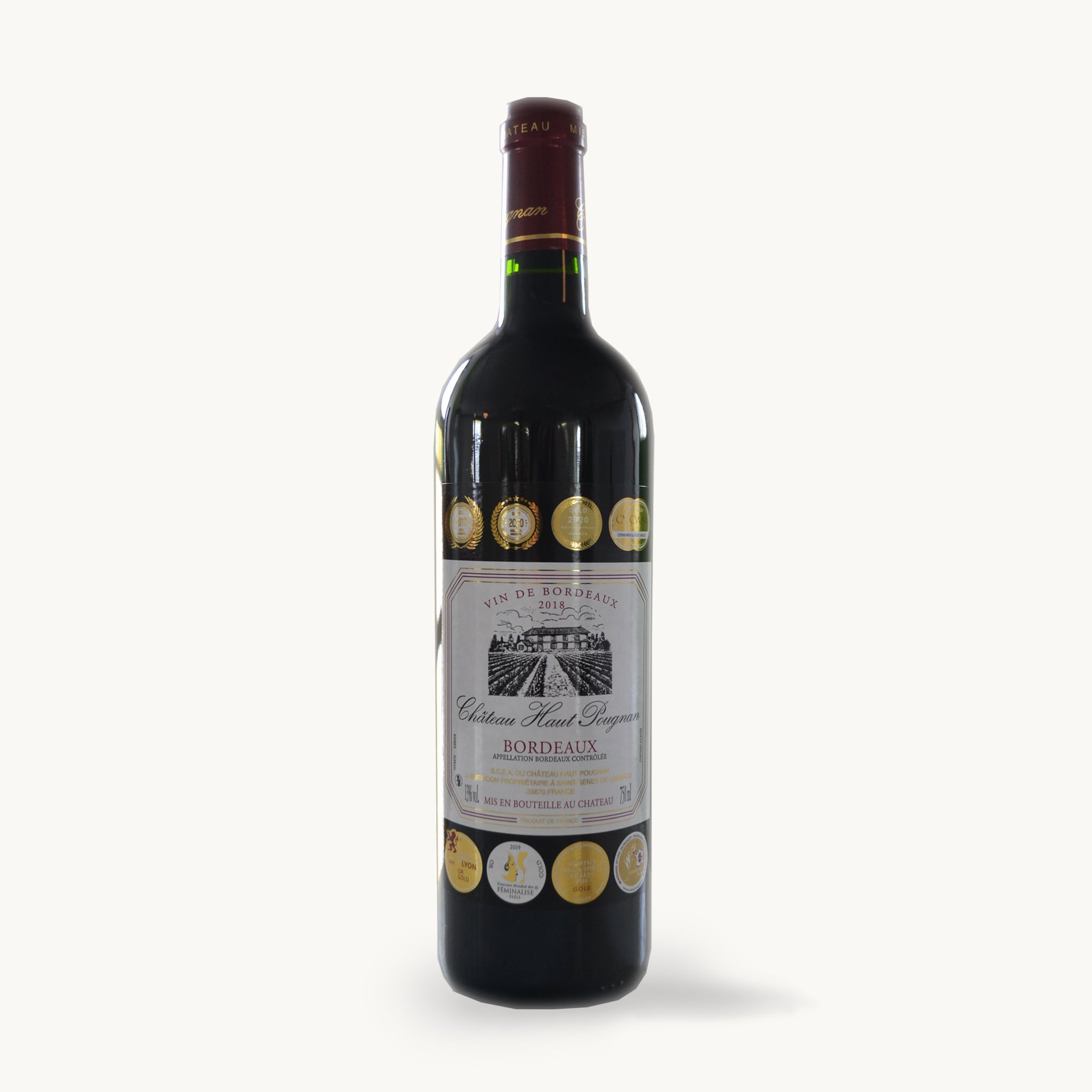Bordeaux month
We welcome September with a celebration of Bordeaux Wine as part of Bordeaux Wine Month! During this time we will be showcasing our full range with tasting notes, discounts and the best food pairings! Be sure you sign up to our newsletter for exclusive content around Bordeaux month as well as our social media.
TRY OUR INTERACTIVE MAP
Try our interactive map to discover our Bordeaux wines from the different areas. As you can see, Bordeaux’s Left Bank and Right Bank are separated by the Gironde estuary and two rivers – the Dordogne and the Garonne. The Left Bank encompasses the Médoc wine region north of Bordeaux city. Its four best-known appellations, north to south, are St-Estèphe, Pauillac, Pessac-Leognan and Margaux. Left Bank terrain is mostly flat with gravel topsoil and limestone underneath, with the dominant grape variety being Cabernet Sauvignon. The Chateau Lafon Rochet 2016 captures the essence of the Left Bank, with notes of blackcurrant and herbs, and powerful tannins.
Château Haut Pougnan Rouge, Bordeaux

Here at Old Chapel Cellars we import directly from the family run business of Château Haut Pougnan. Situated in the heart of Entre-Deux-Mers, meaning between two tides, you will find Château Haut Pougnan to the right of River Garonne. This area is surrounded by beautiful calcareous and clay-limestone/gravelly soils. It is the clay-limestone nature of these soils which makes it possible to obtain very fine wines with such subtle aromas.

The 2020 vintage was notably good, while the 2021 vintage was less favorable. Because of the smaller yield in 2021, we secured a substantial amount of the 2020 vintage to tide us over until the 2022 harvest.
Chateau Haut Pougnan produces around 400,000 bottles each year. A large portion of their production is exported to Japan, where their wines are particularly popular due to the medals displayed on the bottles. Some of the production is also sent to the United States, with the remainder distributed in the UK.
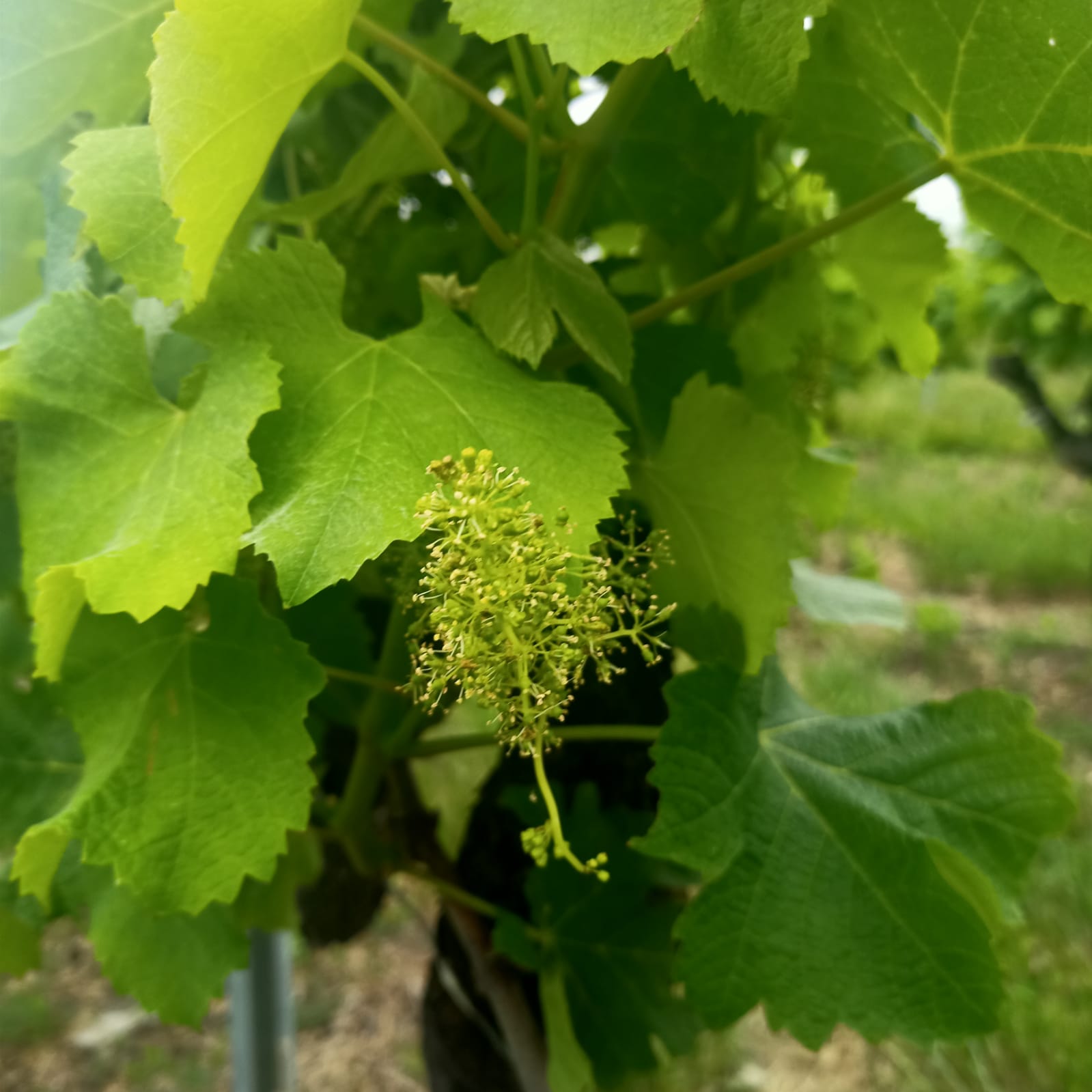
The estate is currently run by Jean Bernard, whose family has been involved since the first harvest in 1852, when only two barrels were produced without modern amenities like electricity, water, or tractors. Electricity was not introduced until 1934. The vineyard, which started with just one hectare, has since grown to 40 hectares—27 hectares dedicated to red grape varieties and 13 to white. The estate operates with a small team of just four full-time members, including Jean Bernard.
The red wine is a Merlot and Cabernet Sauvignon blend, with the specific proportions varying by vintage. Like the white, the red is also vegan-friendly and has low sulfur content.
Château Saransot-Dupré Blanc

The Raymond family, Winemakers in Listrac since 1756. Guillaume Raymond, barrel-maker in Listrac, bought his first vineyards in 1756, in doing so, unknowingly initiated a long line of winemakers which continues to this day.

Clay-limestone soils like those of Saransot are well-known for producing great white wines. The first white Saransot wines were produced at the end of the 19th century. As it was in the past, it is half Semillon, half Sauvignon, with a touch of Muscadelle.

The Sauvignon brings its celebrated aromatic qualities and aromas of lemon, grapefruit and lime blossom. The Semillon meanwhile gives richness in the mouth, which the Sauvignon can sometimes lack, and length to the palate.
Château Noaillac

Château Noaillac, a well-known Cru Bourgeois property, has been owned by the Pages family since 1983. Damien, Marc Pages’s grandson, took over the running of this property some years ago.

Now with 49 hectares, and the vines becoming older, 20-25 years on average, 40% Cabernet Sauvignon, 55% Merlot, 5% Petit Verdot, a new chai with rows of temperature controlled stainless steel vats and an immaculate barrel cellar. Château Noaillac is now producing succulent, lovely early drinking claret.

Damien Pages has launched a new wine called ‘81’ to celebrate the 40th anniversary of Chateau Noaillac. It is a Cabernet Sauvignon/Merlot blend and comes from some of the original parcels of the property. Traditional vinification methods are used and there are no added sulfites. It is a style of wine that would have been recognised 40 years ago and is bottled as a ‘Vin de France’.
CHÂTEAU GOMBAUDE GUILLOT

A little gem of 7 hectares situated in the heart of the Pomerol plateau, surrounded by famous neighbours. The property is today run by Olivier Techer, the winemaker, his wife Marine and his brother Sylvain. They represent the 6th generation to own and run this little château.

Though the estate is already certified organic, Mother of Oliver, Claire, is now pursuing the more stringent requirements of biodynamics. The wines of Gombaude-Guillot are classic reflections of Pomerol: rich and supple, with a deep gravel mineral structure.

This is a youthful and readily drinkable Pomerol from concentrated old-vine Merlot, Malbec, and a touch of Cabernet Franc. Expect juicy red fruits notes such as strawberries and ripe cherries with subtle hints of black olives and freshly ground pepper. The smooth texture adds a soft, inviting quality with a long finish.
Château Balestard La Tonnelle, St Emilion

Located at the top of a hillside on a clay-limestone plateau, at the gates of the medieval city of Saint-Emilion, the vineyard with its unusual charm, whose current owner is Jacques Capdemourlin, benefits from a privileged situation. The château’s milestones include its purchase in 1923, its classification as a Grand Cru Classé in 1955, and the succession of Jacques Capdemourlin in 1974 after the death of his father.

"Balestard" the name of the canon of the chapter of Saint-Emilion and "La Tonnelle" is the very old 15th century stone watchtower that still stands in the heart of the vineyard. Combining respect for the terroir, tradition and ever more advanced technology, Balestard La Tonnelle offers a wine of extreme elegance, generous, to be placed among the most Classified Growths of Saint-Emilion.

The Chateau Balestard La Tonnelle 2022 offers aromas of red berries, black currants and chocolate with a bit of hazelnut. It shows a sophistication that continues on the palate. Full-bodied and tight with lots of very fine, integrated tannins that run the length of the wine. Very classy. The wine owes its fame to François Villon who already mentioned it in a poem that appears on the label.
Château la Bienveillance
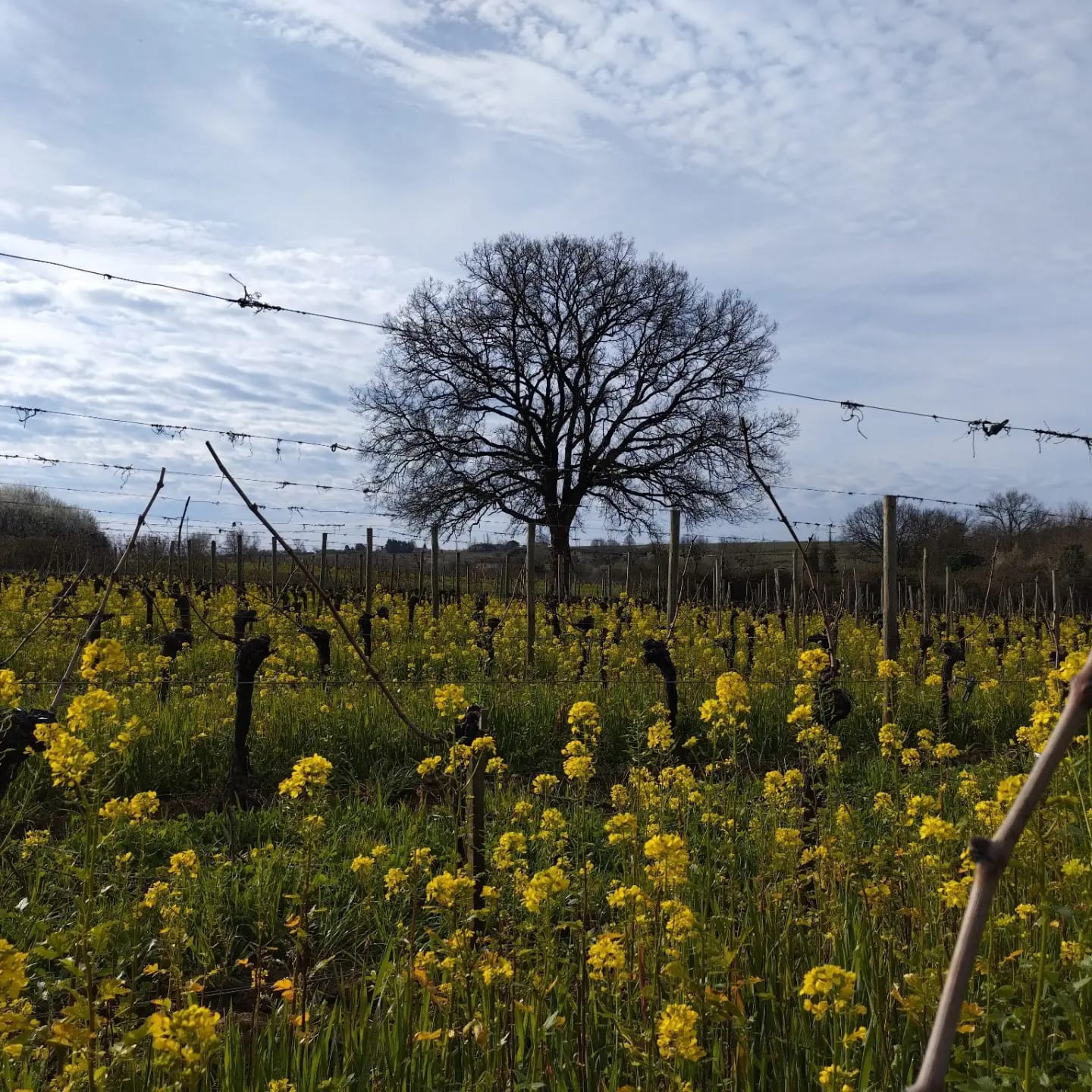
Winemakers Florent and Marine bought the estate in 2016 when he gave up his job as an industrial welder to follow the dream of running a biodynamic vineyard. Marine and Florent like to describe themselves as committed winegrowers with an 8 hectare estate of which 1.2 ha is planted Semillon, half old vine, half young. The vineyard is Certified Organic!

Their organic red wine is a Merlot, Cabernet Franc blend, matured for a short time in oak barrels, it's full of crunchy red fruits and juicy plum aromas. It has smooth tannins, well balanced acidity and a long finish which makes it a pleasure to drink. This works well with red meats, grilled or in a sauce or with poultry or game.

You don't need to go to Australia to enjoy 100% Semillon! Chateau La Bienveillance white is actually 100% Semillion carrying aromas of honey, beeswax and dried fruit.

